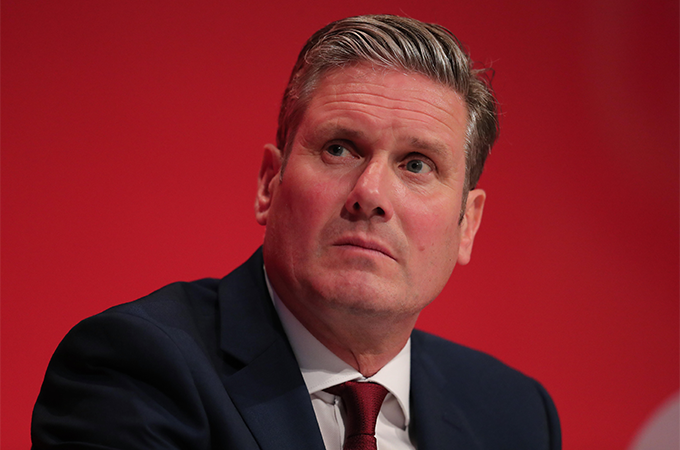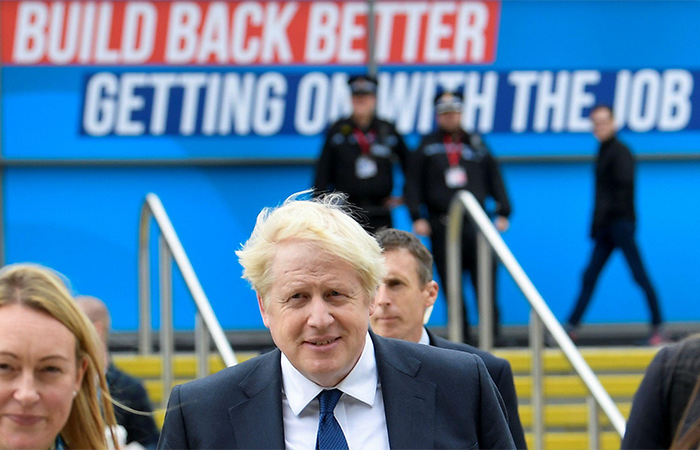After a short period as Liz Truss’ chief Conservative critic, the Tory Party’s reformer-in-chief is back at the housing and planning department, 100 days after he was fired by Boris Johnson. Craig Worman from Portland’s Built Environment team looks at what’s in store for the real estate industry.
What should the industry expect?
The country looks very different to when Gove last sat at the Cabinet table, and the sector is facing major challenges.
Inflation and rising base rates have left a £50bn hole in the public finances and all departments will be asked to find savings at the Autumn Statement next week. Gove will struggle to persuade new Chancellor Jeremy Hunt to increase expenditure which is essential to his levelling up ambitions.
Big challenges with the Building Safety Act, Affordable Homes Programme, and pushing the Levelling Up Bill through Parliament will likely consume the attention of Gove and his department for the rest of the Parliament.
For the Labour Party, ambitions to commandeer the levelling up agenda from the Truss Government will be harder with Gove back in post. But with less money in the public coffers for left-behind areas, they could still outmanoeuvre the Tories with some big, well-funded levelling up policies that appeal to voters across the UK.
What’s happening to planning reform?
Nervousness continues across the Conservative backbenches from the Liberal Democrat threat to their strongholds in the south. With an election in just two years, grand ambitions for significant new development from planning reform, which is critical to the UK’s growth, may be tempered.
Gove’s predecessor, Robert Jenrick, proposed ambitious planning reforms, but they were seen by many as reducing local control over development and were partly blamed for the Party’s unexpected defeat in the Chesham and Amersham by-election last summer.
Gove went back to the drawing board, cherry picking his favourite parts of the Bill, and parachuting in his vision for levelling up, publishing slimmed-down proposals as part of the Levelling-up and Regeneration Bill. The Bill, currently before Parliament, is more localist in focus and makes minor changes to the planning system, unlike Jenrick’s zonal vision.
The Bill would bring so-called street votes into local areas, strengthen neighbourhood planning, remove the duty to cooperate, and bring in a new infrastructure levy to partially replace Section 106 and the Community Infrastructure Levy.
During her short tenure, Truss launched her own planning reforms, including a new Bill aimed at accelerating priority infrastructure projects through reduced environmental assessments and regulation.
Gove’s taken the view that Truss’ deregulatory, pro-growth agenda is incompatible with his levelling-up vision and has briefed that the ‘Investment Zones’ will be scrapped at the Autumn Statement next week.
What will happen next on building safety?
Where Gove arguably made the most progress in his first stint at the Department was on building safety. Not only did he successfully steer the enormous Building Safety Act through Parliament, but he also used aggressive tactics to persuade the largest housebuilders to pay to fix “life-critical” defects on their buildings going back 30 years.
Gove has stayed true to form and declared that he will not “accept any backsliding” from housebuilders and expects them to sign contracts “very soon”.
Over the past few weeks, lawyers for the Government and housebuilders have been going back and forth, tightening the language in the contracts to ensure both parties agree that it reflects the text of the pledge. Developers will want to keep an eye on the final legal text in the agreement and ensure that they don’t take reputational damage through delay.
How will inflation impact the Affordable Homes Programme (AHP)?
DLUHC themselves have admitted that rocketing inflation will derail the Government’s flagship £11.5bn AHP, which was expected to deliver 162,000 homes over five years.
Rising costs of labour and materials mean that the affordable housing grant does not go as far as it did previously when housing associations were putting their AHP plans together.
DLUHC warned that increases in inflation and interest rates were “sudden and unforeseen” and “not reflected in initial bids and grant rate”. This was before the mini-Budget which increased borrowing costs further.
Housing associations are also facing a proposed cap to their rent increases for 2023/24 while at the same time dealing with fire safety remediation and the need to invest in the decarbonisation of their stock.
Will there be meaningful action on nutrient neutrality?
The complex laws on nutrient neutrality and the many government departments and bodies involved may see the issue struggle to become a priority. This is particularly problematic where many of the planned new homes are in marginal constituencies that can be highly critical of new development.
120,000 homes cannot be built due to new rules requiring developments be “nutrient neutral”. The problem has widened, with 42 new areas – on top of the 34 originally affected – now facing the same problem due to revised guidance from Natural England in March.
In the dying days of the Johnson government, the Department for the Environment, Food and Rural Affairs (DEFRA) published measures intended to unlock the new homes.
The Government’s package disappointed developers hoping for a quick resolution. The plans give water companies eight years to upgrade their water treatment works, while a mitigation scheme, which would allow housebuilders to pay to offset nutrient pollution, will not launch this year as originally suggested.
If, as expected, the housing market starts to slow, and Gove continues to support housing delivery targets, many in the sector will look to Gove to lead a fresh push to solve the nutrient neutrality issue.
With the country in a far worse state economically, the threat of the Liberal Democrats in the south and Labour in the midlands and north, Gove and his party need to find a way to deliver on their manifesto commitments and navigate competing priorities and demands of the voter coalition they built in 2019.





